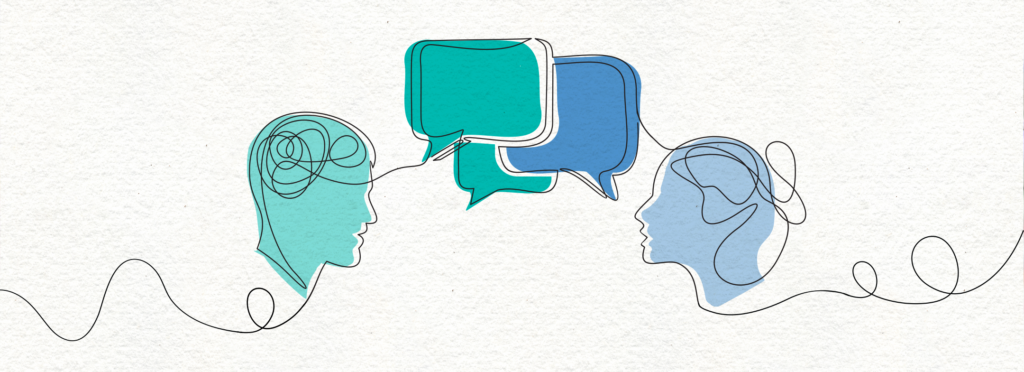Open Lines of Communication: Hold Authentic Spaces to Gather Feedback and Have Brave Conversations

Effective communication starts with listening.
– Simon Sinek

INTRO
Open lines of communication to create brave spaces for your staff, students, and community to share their excitement, hesitations, and to crowdsource the genius in the room. These protocols support organic conversations as you navigate changes or challenges.
OBJECTIVES
- Provide protocols to gather authentic feedback from staff, students, and community
- Help create brave spaces to build positive school culture when having difficult conversations
- Move from me to we
Diverse voices are a critical element of strong teams that help move towards holistic student readiness in a comprehensive manner. Fostering strong, healthy teams requires collaborative opportunities to create brave spaces for all voices to be heard, give authentic feedback, and allow for transparent communication. We must be willing, open, and bold to create those spaces, which allows for transformation and student success to be at the cornerstone of our endeavors.
Consider both the formal and informal processes you have in place at your site and reflect on these questions.
- Do your processes allow for dialogue with you as a leader?
- Are there processes that allow staff and students to have dialogue amongst each other so they don’t feel siloed, cornered, or unheard?
- What avenues are there for students and staff to express concern, excitement, or discuss how a change may be affecting them?
- How do you gather feedback from your community on what’s going well or what needs improvement?
- What structures do you have in place to allow for feedback and authentic communication? Is it accessible to all?
By working together, we can gather ideas and view situations from different perspectives we may not have considered before. The Feedback Carousel, from the Center for Leadership and Educational Equity, helps mine the collective wisdom from your community. By involving your community in asking questions and providing recommendations and resources, it empowers them to be change agents and thought leaders. Consider how you might use this tool to gather feedback as you navigate through the needs that may arise.
Community voice is vital, so when an inevitable change occurs, how do you gather authentic input that allows for your community to be heard? The SELF (Safety, Emotions, Loss, and Future) Framework, from The Sanctuary Institute, gathers the thoughts, emotions, and language as your site works through a challenge or a change. By using the SELF framework, you open a channel of communication to understand the impact on those involved. While this framework promotes transparency and open communication, it is important to note that it does not mean adjustments will be made to the situation. Rather, it provides a platform for voices to be heard and impacts to be mitigated when possible. Consider how you might utilize this tool to facilitate genuine conversations during tough times.
When brave spaces are created, authentic feedback is heard, and transparent communication is the norm, ideas will flow to transform the student experience, enabling their success. How can you implement these protocols at your site to achieve this?
TIP
After reviewing this information and reflecting on your own, start by introducing these protocols to your leadership team. Once these are established, you can expand to staff, students and the community. Think about times when these protocols could be appropriate to use e.g., schools consolidating, adopting a new curriculum, a staff member leaving the school, new initiative, change in the bell schedule.
Stay in the Loop
Subscribe to Our Newsletter






Responses